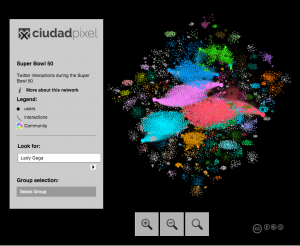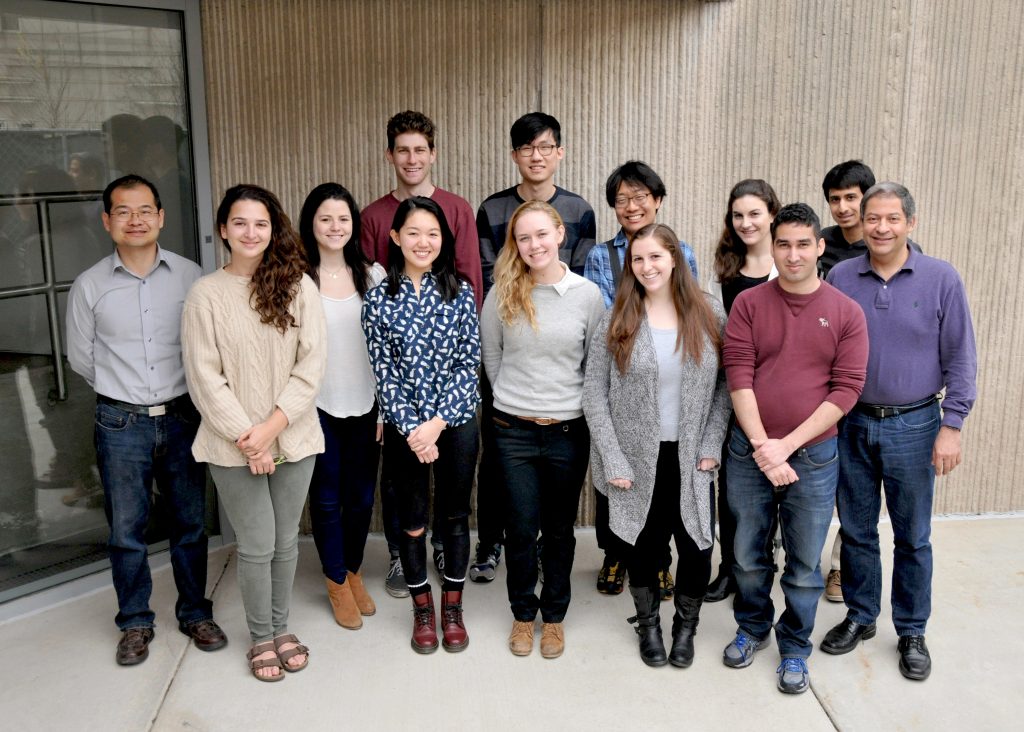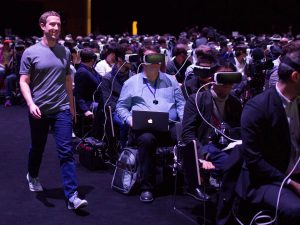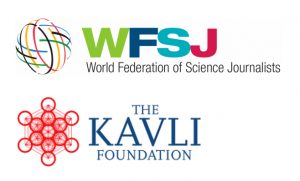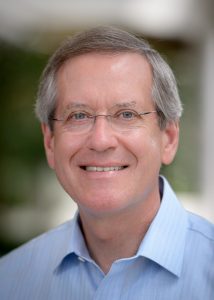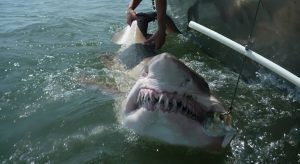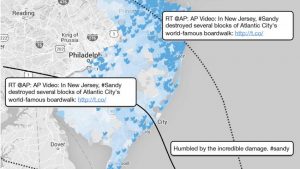 John Bohannon of Science News reports on a recent study by Yury Kryvasheyeun, a research at Australia’s National Information and Communications Technology Research Centre of Excellence in Melbourne.Kryvasheyeun’s team demonstrated that twitter data collected during Hurricane Sandy in 2012 can be a better predictor of damage that FEMA’s models for a fraction of the cost. Their predictions were robust even accounting for confounding factors the millennial bias of twitter users and the existence of twitter bots. This approach to data analytics could be a major step in the modernization of fast and effective disaster relief efforts. Kryvasheyeun hopes to scale up the potential of social media in this realm by incorporating a richer Facebook data set.
John Bohannon of Science News reports on a recent study by Yury Kryvasheyeun, a research at Australia’s National Information and Communications Technology Research Centre of Excellence in Melbourne.Kryvasheyeun’s team demonstrated that twitter data collected during Hurricane Sandy in 2012 can be a better predictor of damage that FEMA’s models for a fraction of the cost. Their predictions were robust even accounting for confounding factors the millennial bias of twitter users and the existence of twitter bots. This approach to data analytics could be a major step in the modernization of fast and effective disaster relief efforts. Kryvasheyeun hopes to scale up the potential of social media in this realm by incorporating a richer Facebook data set.
Read the full article HERE.

